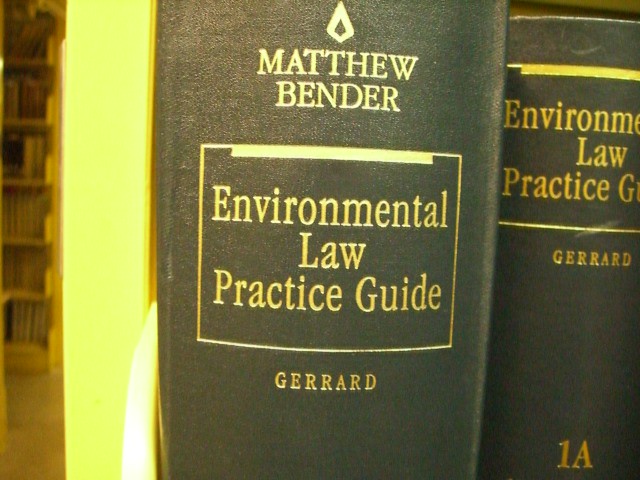The EPA’s New Soot Regulations: Balancing Economic Concerns and Public Health
Introduction
The U.S. Environmental Protection Agency (EPA) is set to unveil new regulations concerning soot, a harmful pollutant caused by various industries and natural disasters such as wildfires. The regulations come as the Biden administration rolls back moves made by the previous administration, which saw no need to change the existing rules. In anticipation of the new standards, businesses and industry groups are protesting potential economic consequences, as complying with new regulations would become more expensive. This article examines the debate surrounding the new standards and the impact they might have on various communities across the country.
The Science of Soot and the Impact of Regulations
Under the Clean Air Act, the EPA re-examines the science around several harmful pollutants every five years, including fine particulate matter, of which soot is one. As soot can cause severe damage to human lungs, there are no safe levels of exposure. The Clean Air Act has led to significant progress in reducing pollutants in areas like Los Angeles and the Ohio Valley, but climate change and forest mismanagement have led to spikes in wildfires, which have caused the efforts to backslide. The potential benefits of the new regulations, which could see the agency drop its limit from 12 micrograms per cubic meter to nine, could save the government up to $55 billion by 2032. However, opponents claim the costs of industries complying with the new standards could end up being too high.
Economic Concerns
Implementing the new standards would cause some industries to lose money, resulting in loss of employment, decreased productivity, and output. Some industries that rely on high levels of energy, such as steel and aluminum producers, are particularly concerned about the new standards. However, newer factories tend to have better pollution control systems—and two of the advanced manufacturing industries specifically encouraged by the Biden administration, semiconductors and solar panel manufacturing, say the lower standard is not as much of a worry. Ultimately, public health advocates claim that cleaner air outweighs the economic costs of potentially harmful emissions.
The Impact on States and Communities
The decision to implement the new standards is largely dependent on the political leanings of individual states, as demonstrated by the responses of Ohio-based metropolis Columbus and the heavily industrialized Cleveland area. Columbus has largely grown due to employment in white-collar industries, making it less vulnerable to tighter regulations, and sees clean air as a competitive advantage. The Cleveland area, dependent on manufacturing and heavy industry, lags behind more robust economic regions in the state.
Enforcement: Cooperation and Compromise Needed
Clean-energy initiatives are likely to bear the brunt of the costs of the new regulations, and some groups like the California Air Quality Coalition worry the cost of compliance will be too high for farms and small industries. To mitigate potential fallout, many argue the EPA needs to prioritize funding assistance and incentives to help with upgrades and promoting clean energy. Communities in heavily industrialized areas need to balance job opportunities with environmental hygiene. Still, opponents claim enforcing tougher regulations on US railroads (and other pollution sources) would be more effective in limiting emissions and air pollution.
Originally Post From https://www.nytimes.com/2023/11/13/business/economy/smog-rules-economics.html
Read more about this topic at
EPA Proposes to Strengthen Air Quality Standards …
Regulations for Smog, Soot, and Other Air Pollution from …


